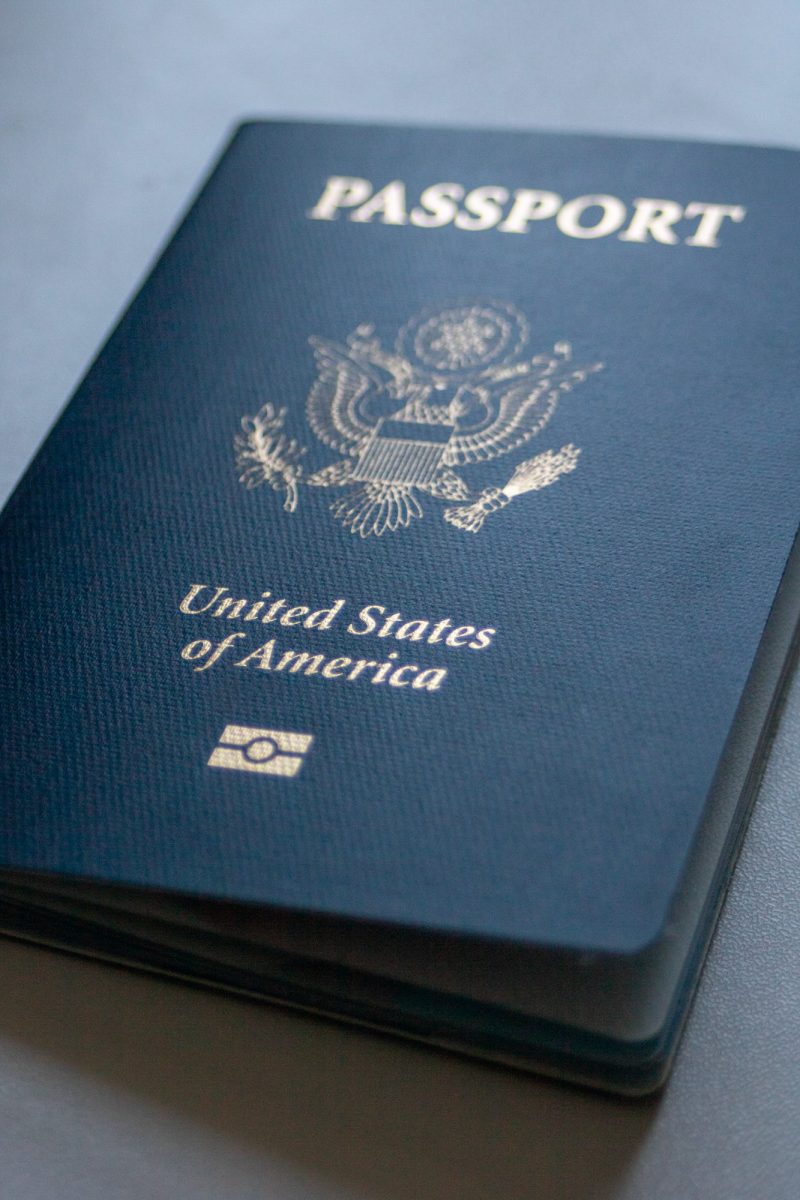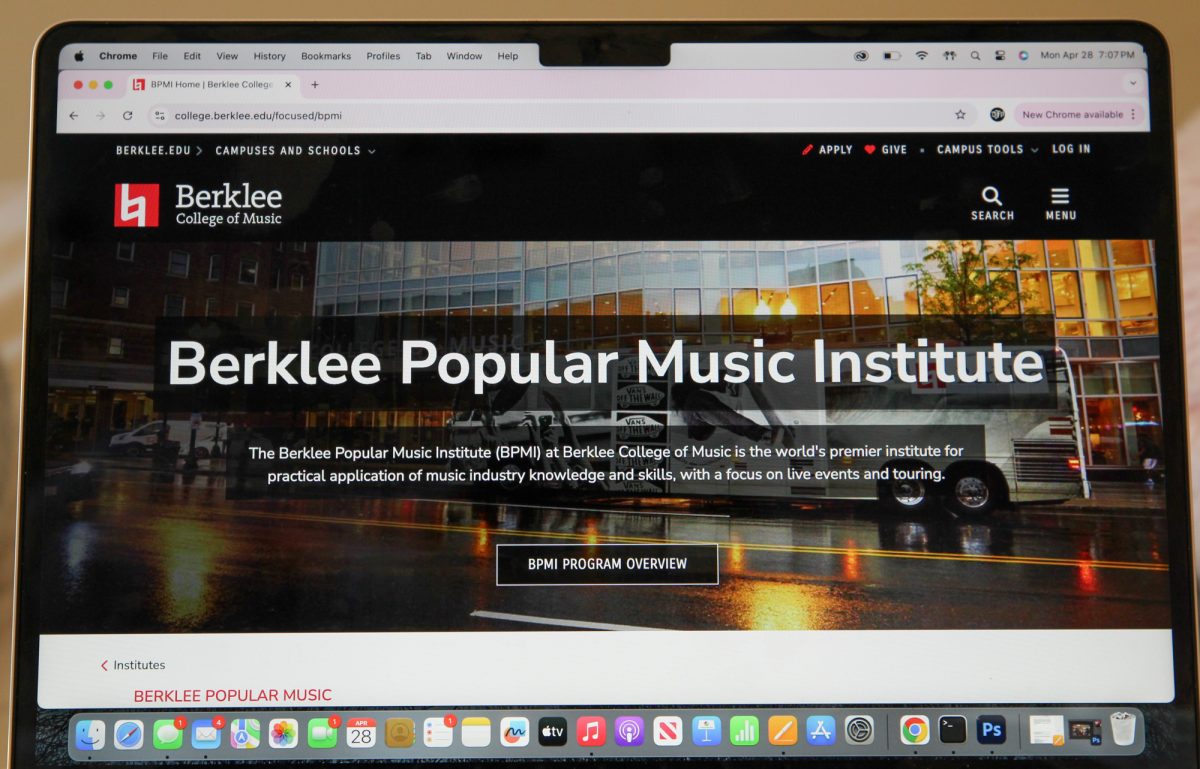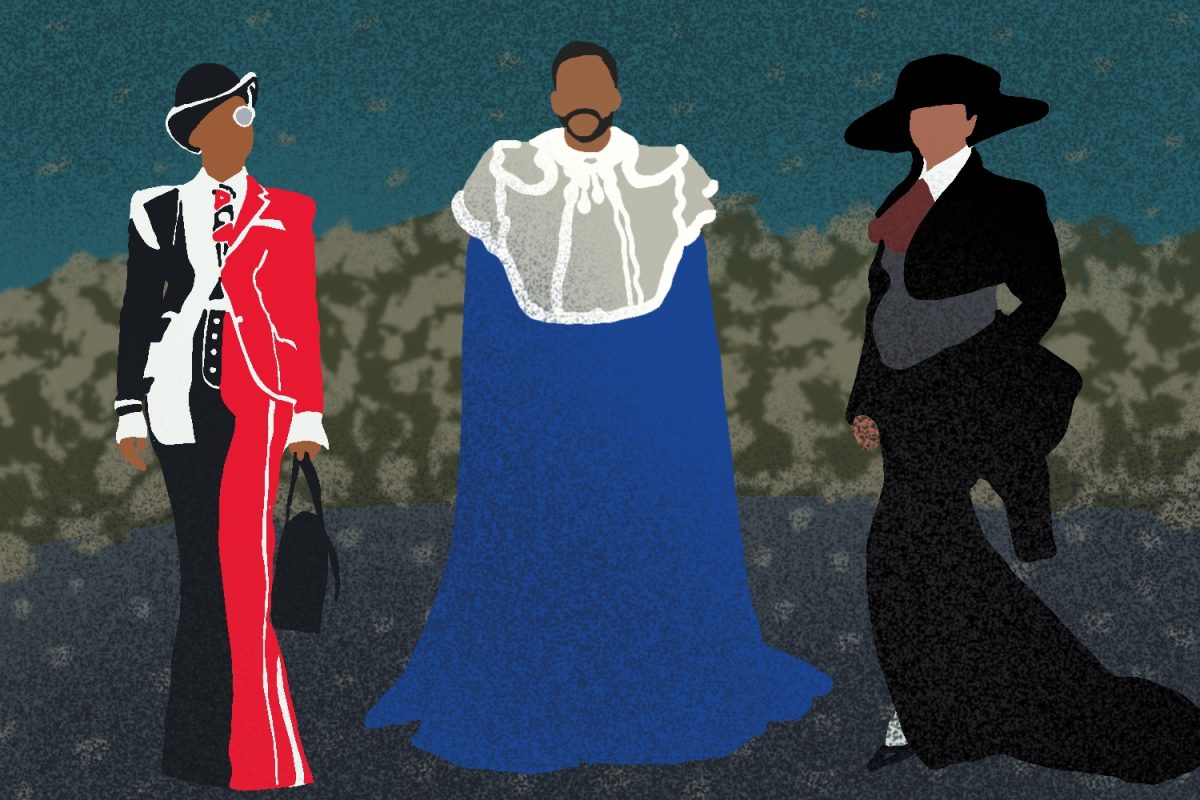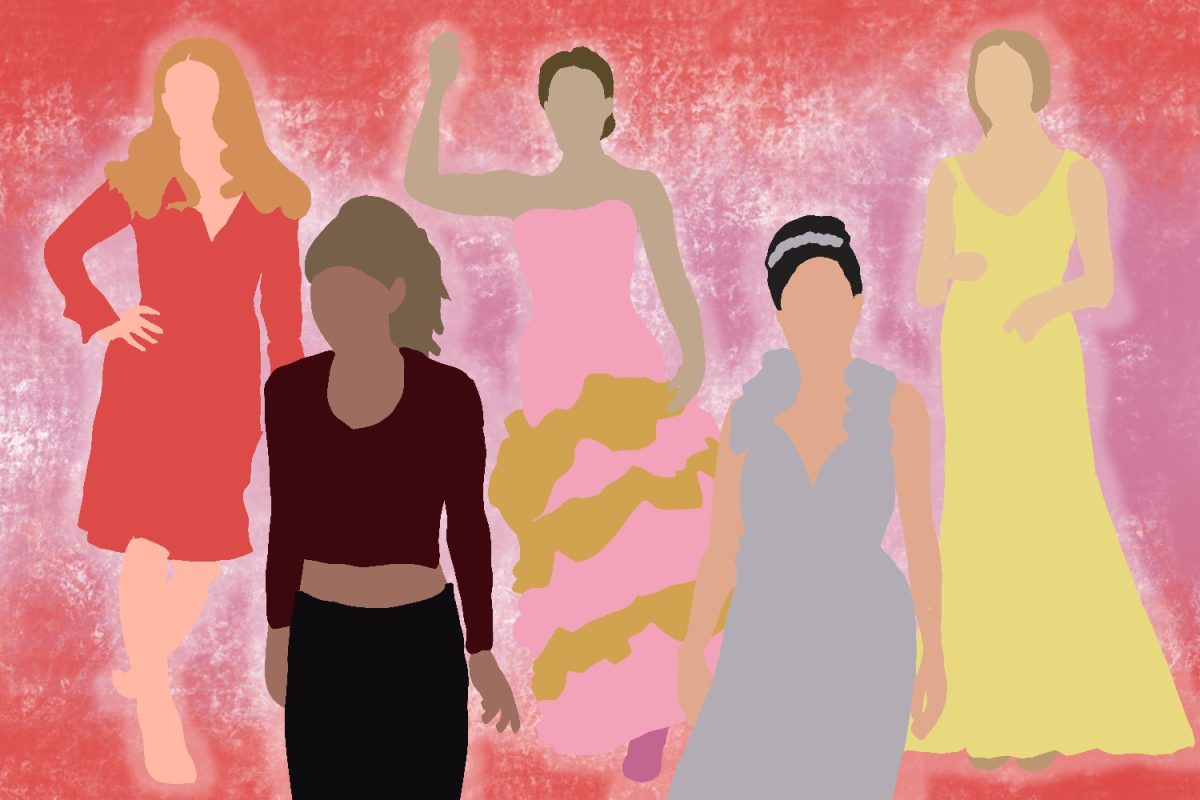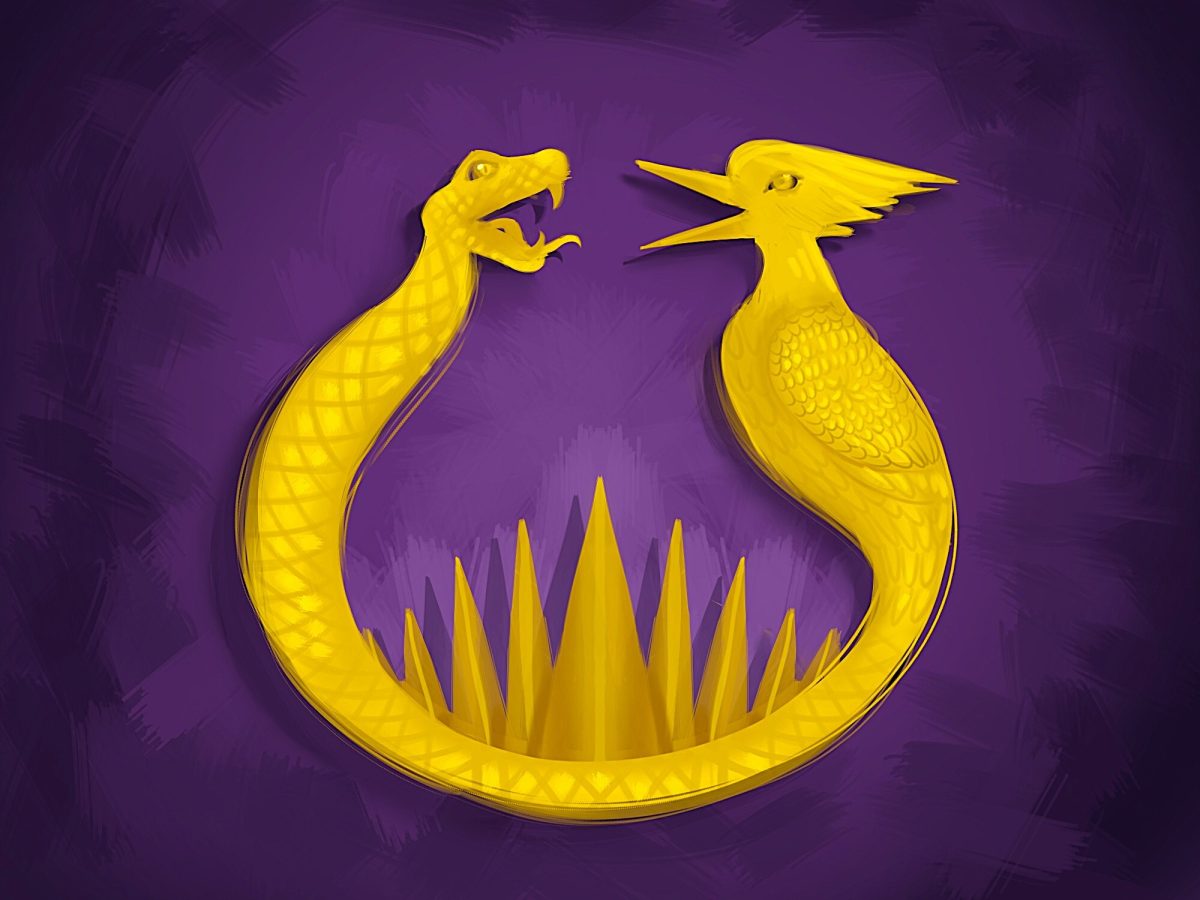They say actions speak louder than words, but perhaps cartoons speak loudest of all.
A series of cartoons depicting the prophet Muhammad has set the Muslim world ablaze five months after they were first published in a Danish newspaper. Protests across the Middle East have turned violent in recent days, as Muslims have set fire to Danish embassies and vowed retribution against those allegedly out to attack Islam.
Muslims are justifiably upset about images that violate a sacred prohibition against images of Muhammad — the most controversial image shows a man with a bomb for a turban, implying an inherent connection between Islam and terrorism. But to take offense is one thing; the Muslim reaction has been far less justifiable, and it indicates a lack of familiarity with the freedoms of expression and the press that Americans and Europeans often take for granted.
Any responsible newspaper must judge whether the value of a political statement outweighs the potential offense to the sensibilities of a person or group; there is little to be gained from gratuitous attacks that have little basis in fact, and much to be lost.
So where does this cartoon fall? Though we recognize the dangers inherent in publishing such an image, and the reasons a Muslim reader would take offense at it, we believe the image achieves an effective message by making a political statement that could not be made otherwise.
Islam is a peaceful religion, and we would never condemn Muslims simply because of who they are. We do, however, condemn the terrorists who have distorted the message of Islam to one of hatred and intolerance.
Because terrorism has emerged as the most high-profile threat to the Western world in these first few years of the 21st century, Osama bin Laden and other Islamic terrorists have, like it or not, become the new face of Islam, and the cartoon acknowledges this reality. It does not condemn the Islamic faith; rather, it mourns what has become of a religion that has fallen into disrepute. “Look at what Islam has become,” the cartoon implores us. Like any good political satire, it looks at the present situation with regret and encourages change. Should we condemn the Danish newspaper for wanting to save Islam from the terrorists obscuring its peaceful message?
Judging by the intense riots against Danish embassies and the firestorm of criticism leveled against the West, many Muslims clearly have a different interpretation of the cartoon’s message. And with the Muslim world coming under such intense scrutiny due to the war in Iraq, the fight against terrorism and other events in the Middle East, it is understandable that they would consider the cartoons offensive and intolerant.
But is this not hypocritical? Has the Muslim world condemned the viciously anti-Semitic cartoons that seem to have become part and parcel of the Arab press? Or have Arab nations been largely complicit in the latest manifestation of the age-old tradition of hatred toward Jews?
Perhaps we would take the outrage of the Muslim world more seriously if it came from a population with a history of rejecting anti-Semitism in favor of a more tolerant approach to Muslim-Jewish relations. But no such history exists. It is therefore difficult to take the Muslim side in this controversy. After all, when anti-Semitic cartoons are published, Jews are certainly disturbed — but we do not see them burning down embassies or crying for the extermination of those who slander the Jewish faith.
Those who sympathize with the Muslim position point out that while the West praises the virtues of religious tolerance, it has now provoked a controversy that only seems to exacerbate religious differences; it aims to create a dialogue between cultures, yet it stoops to blasphemy in the process and thus alienates the Arab world.
But we believe the press should not be limited by the possibility of an affront to religious sensibilities. Newspapers do not have the right to unfairly libel their readers on unfounded claims — and in the 21st century, readership is a global, rather than local, affair. But they do have the right to publish opinions that are valid, and these cartoons make a justifiable political statement that supports the Islamic faith, not condemns it.
We hope that, in time, those who have cried foul over the Danish cartoon will come to understand that freedom of the press is a double-edged sword, and that it is sometimes necessary to disagree with what one reads on the editorial pages.
Until then, we defend the right of newspapers to publish this cartoon. It is not a baseless attack on Islam, but rather a compelling commentary on the sad situation in which a small group of terrorists has come to deface the good name of Islam.










